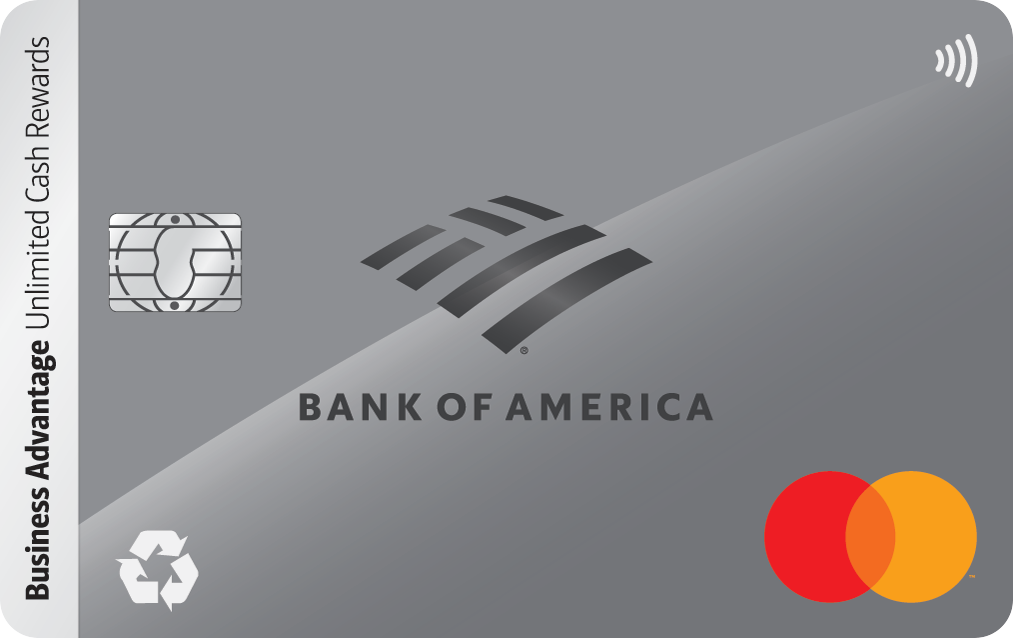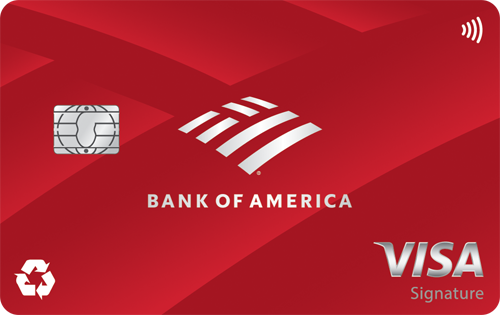How to Create a Budget With a Reduced Income
Take these steps now to help see yourself and your family through these challenging times.
The COVID-19 pandemic has cost millions of Americans their jobs, at least temporarily, but the bills just keep on coming. It's a stressful situation, made more stressful by the fact that we don't know when it's going to end. A good budget may not solve all of your problems, but it can make things a little easier because you'll know exactly where you stand.
You may have already had a budget set up before the pandemic, or you may be starting from scratch. In either case, here are a few steps you should follow to build a budget that will help you navigate these challenging times.
1. Figure out your monthly essential expenses
Make a list of your monthly essential expenses during the pandemic. This will include your rent or mortgage payment, utilities, food, and insurance. You may want to include other items as well, like your cell phone bill. Transportation might normally be a part of your essential expenses, but this could be reduced or completely eliminated if you're under a stay-at-home order.
Some expenses, like rent or mortgage payments, are fixed and easy to predict while others, like food, are variable and can be more difficult to estimate. Go back through your old bank and credit card statements and try to come up with an average monthly amount you spend on these variable expenses. Use this as your baseline, and add a little cushion if you're concerned about running short.
2. Determine how much money you have coming in
Make a list of how much money you expect to make per month during the pandemic. This includes any income you're getting from your job, unemployment checks, a tax refund, and your government stimulus check. If you've started a side business from home or you've picked up a part-time job to help make ends meet, this income counts as well.
3. Decide what to do about your savings goals
Normally, you'd allot a certain portion of your monthly income toward long-term goals, like saving up for a home down payment or a new car. But given the economic uncertainty right now, if you don't have the funds to cover both your bills and your savings goals, you may want to put the latter on pause until life returns to normal. Our recent survey showed that many people are changing their financial priorities because of COVID-19.
One goal you may not want to put on hold, however, is building up an emergency fund if you don't have one. During these uncertain times, it's smart to have a stockpile of cash to help you tackle unexpected expenses. If you have any money left over every month after paying your bills, consider placing it in a high-yield savings account so you have easy access to it if you need it.
4. Balance your income and expenses
Once you have all of the above information, you can subtract your expenses from your income to see where you stand. If you have any money left over, consider placing that money in an emergency fund, as discussed above.
If you find you don't have enough money to cover your expenses, you will have to find a way to remedy that situation. You could seek out a new part-time job during the pandemic, or look into work-from-home opportunities. Or you could try reaching out to your landlords, lenders, and service providers to see if they can offer you any financial assistance. Some companies are enabling their customers to defer payments without incurring late fees, though interest on your debt will still accrue if you choose this option.
5. Develop a system to help you stick to your budget
Once you have your budget figured out, you need a system in place to help you stick to it. You can use an app, a spreadsheet, or a simple pen and paper -- whatever works best for you. If you prefer using cash to cards, you could try the envelope system where you have a dedicated envelope for each expense on your list and you place a certain amount of cash in each envelope every month.
Check in at least once per month to see how your budget is working for you. You might have to make some tweaks if you realize you're spending more in one area than you anticipated. And as life returns to normal, you'll see some expenses, like transportation and dining out, begin to rise again. Hopefully, your income will go back up, too. When that happens, redo your budget based on this new information so it remains useful to you going forward.
Our Research Expert




